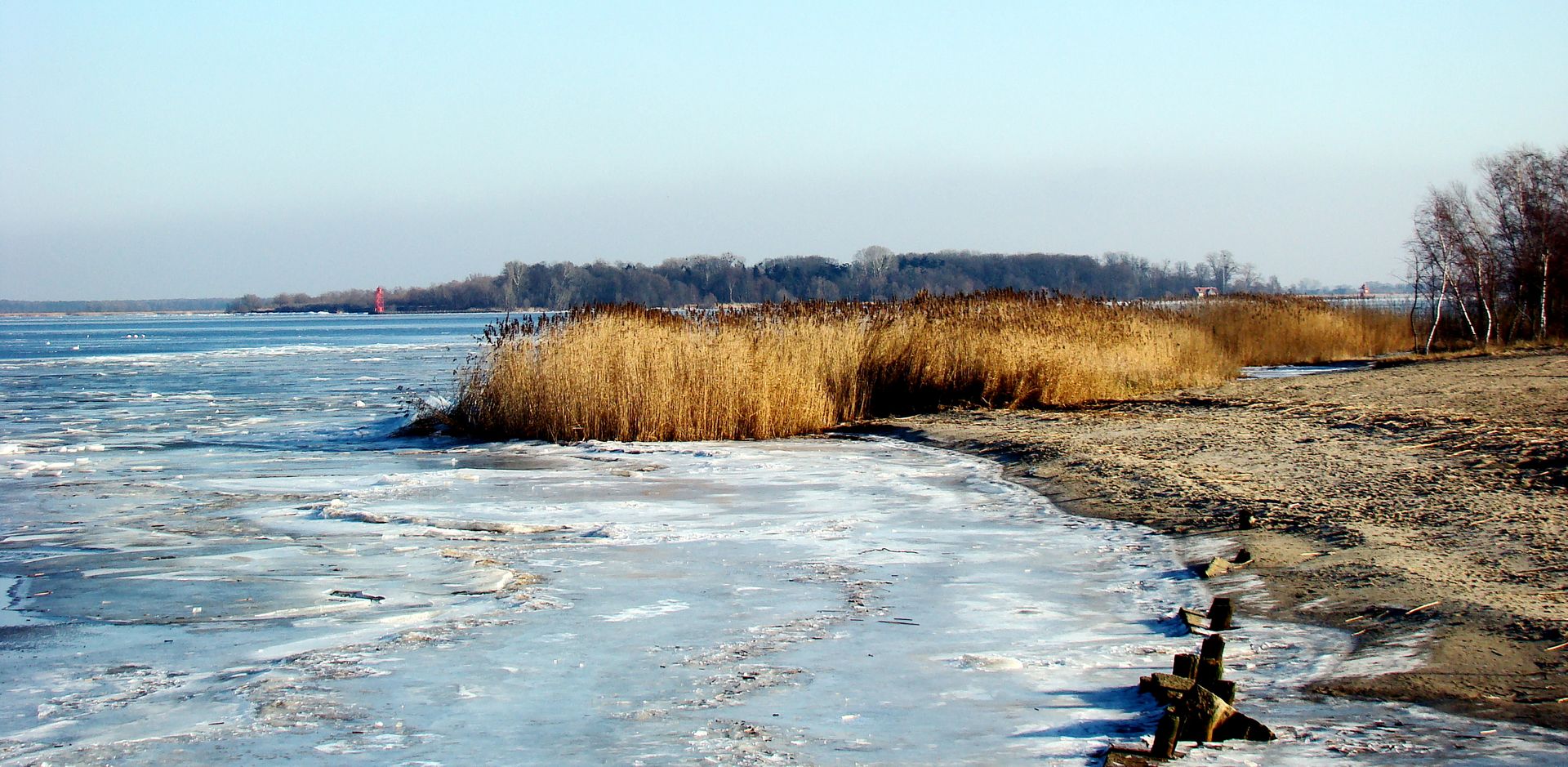Szczecin Lagoon
6.39

Overview
The Szczecin Lagoon, also known as Stettiner Haff, is a coastal lagoon located on the border between Poland and Germany, covering an area ranging from 666.5 to 687 km², with the Polish part accounting for 410 km². It is part of the Oder River estuary system and is characterized by water circulation driven primarily by wind, classifying it as one of the lagoon types according to the Kjerfve and Nichols systems. The lagoon is separated from the Baltic Sea by the islands of Usedom and Wolin and connected to it through three straits, which influence its hydrology, including water salinity, which varies depending on the location. The lagoon's waters are relatively shallow, with an average depth of 3.8 m and a maximum natural depth of 8.5 m. The lagoon is an important ecological area, encompassing protected zones such as the Wolin National Park and numerous nature reserves and Natura 2000 sites.
In a historical context, the Szczecin Lagoon has witnessed many events, including a naval battle during the Seven Years' War in 1759. The Piastowski Canal, constructed in the 19th century, and the Świnoujście-Szczecin waterway facilitated navigation and the development of ports such as Trzebież, Stepnica, and Nowe Warpno on the Polish side, and Ueckermünde on the German side. The lagoon attracts tourists with its natural beauty, offering beaches and water recreation. Interestingly, in 2019, construction began on two new artificial islands in the lagoon, designed to serve ecological functions, demonstrating the dynamic development of the region. The Szczecin Lagoon and the surrounding towns, both Polish and German, offer rich cultural and natural attractions, making it an important destination on the European tourism map.
Location
Country
2025 Wizytor | All Rights Reserved